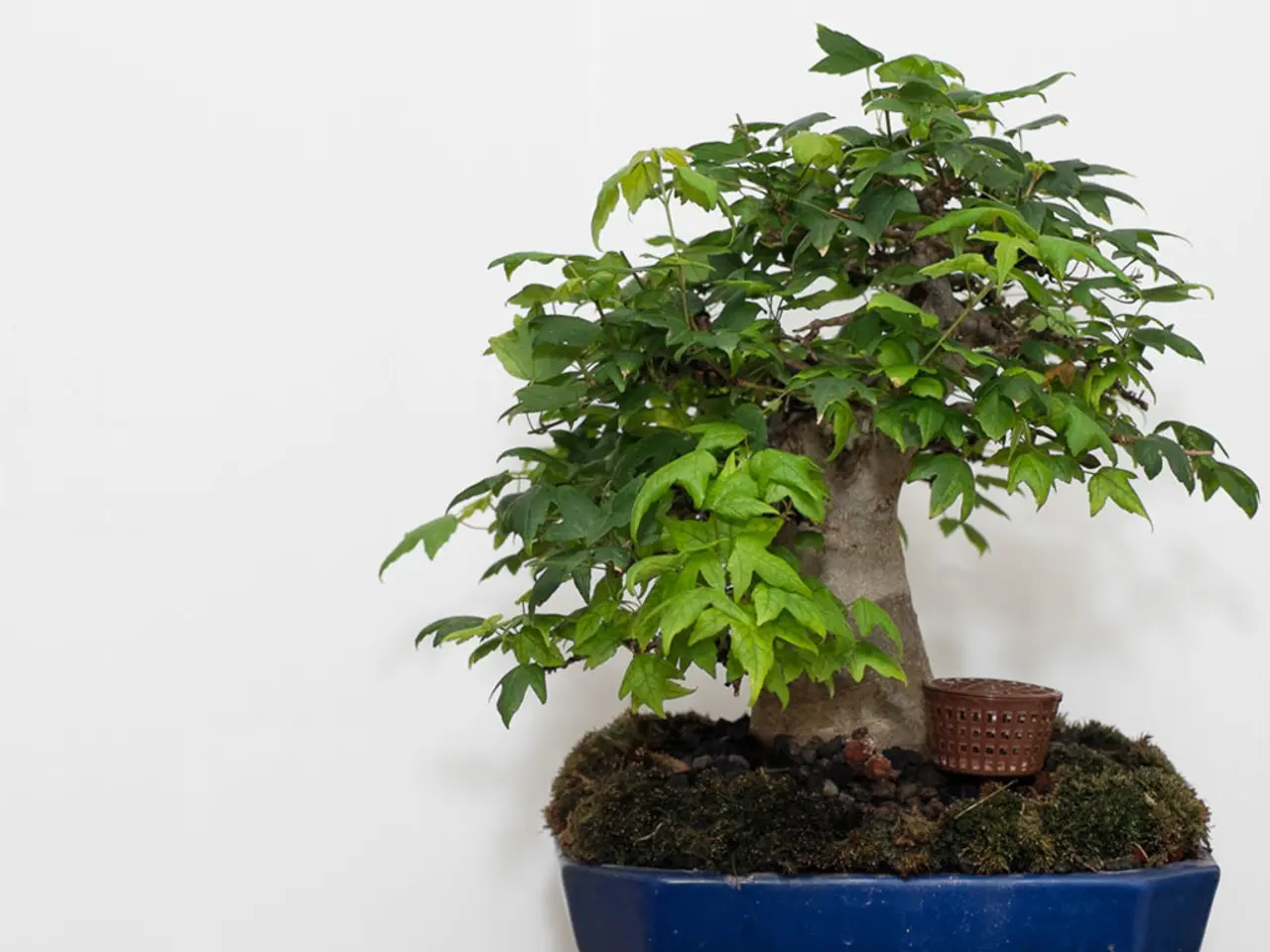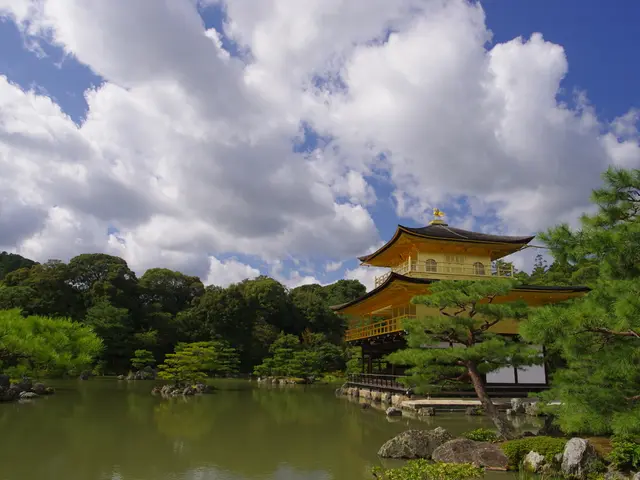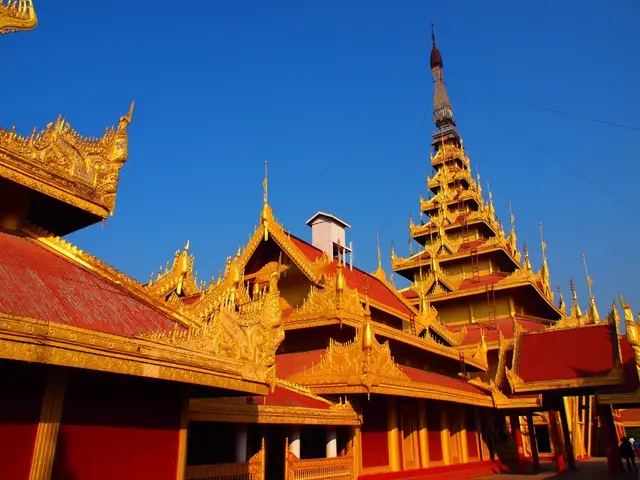Guide for Selecting Bonsai Trees Based on Climate and Growing Conditions
In the heart of bustling cities, where pollution levels can be high and spaces limited, it might seem challenging to nurture the delicate art of Bonsai. However, urban-tolerant varieties like the Chinese Elm, Satsuki Azalea, and Japanese Maple thrive in such conditions, making Bonsai cultivation an achievable pursuit for city dwellers.
The key to Bonsai success lies in replicating the conditions found in their natural habitat. By carefully considering factors such as temperature range, humidity, light exposure, and watering needs, Bonsai can thrive even in areas with less-than-ideal climates.
Tropical Bonsai species, such as Gardenia and Dwarf Black Olive, require warm temperatures (around 20–23 °C), high humidity, and protection from cold drafts or temperatures below 7–15 °C, depending on dormancy. On the other hand, temperate species prefer cooler temperatures and more moderate humidity levels.
To create a suitable microclimate for Bonsai cultivation:
- Temperature: For tropical Bonsai, maintain warmth year-round, avoiding frost and cold drafts. Indoor heating sources should be used carefully to prevent drying roots but can supplement light and warmth in winter. Temperate Bonsai may tolerate outdoor conditions in mild climates but often require seasonal protection.
- Humidity: Maintain humidity levels matching the species’ natural climate. Use humidity trays—shallow containers filled with water and pebbles beneath the Bonsai pot—to increase local humidity via evaporation. Tropical Bonsais benefit from higher humidity, while temperate species prefer moderate levels.
- Light: Most Bonsai trees need bright, indirect light. Gardenia avoids direct strong sunlight but needs consistent light and warmth. Species like Dwarf Black Olive prefer full sun but may require afternoon shading to prevent leaf stress under heat.
- Shelter and Air Circulation: For outdoor Bonsai, protect from strong winds and extreme weather by placing bonsai in sheltered areas or using structures such as mini greenhouses or protective screens. Mini plastic greenhouses can create warmer, stable microclimates, accelerating growth for tender or young trees.
- Watering: Adjust watering based on species, climate, pot size, and soil moisture observation. Avoid over- or under-watering; tropical species usually need consistently moist but well-draining soil.
- Seasonal Adjustment: Adapt care to seasonal variations—provide artificial grow lights and heated environments in winter for indoor tropical Bonsai or move temperate Bonsai outdoors during favorable seasons to mimic natural cycles.
In summary, successful Bonsai microclimates replicate the temperature, humidity, lighting, and shelter conditions of the tree’s native habitat with thoughtful environmental control—using humidity trays, proper placement for light, indoor climate control, and outdoor protection structures like greenhouses or windbreaks to enhance growth and health both indoors and outdoors.
Through deliberate matching of species to climate, the boundaries of Bonsai artistry expand, yielding a kaleidoscope of possibilities for these living, breathing works of art. To safeguard outdoor Bonsai from wildlife and pest damage, employ deterrents such as physical barriers, repellents, and organic pest control methods. Artificial lighting can enhance the natural sunlight for indoor Bonsai, but it is crucial to select the right spectrum and intensity to mimic the sun's nurturing touch.
In harmonious balance, the art of Bonsai cultivation converges with the rhythms of nature, as species selection syncs with local climate and conditions. Understanding the specific climate requirements of outdoor Bonsai species allows for the creation of a suitable microclimate that simulates their natural habitat. Employing bonsai techniques such as shading, wind protection, and humidity control can craft a microclimate that mirrors the tree's native environment.
To guarantee peak health, repot your Bonsai every 2-5 years, considering factors like root growth, soil degradation, and seasonal climate shifts.
- By replicating the specific climate requirements of tropical Bonsai species, such as Gardenia and Dwarf Black Olive, home-and-garden enthusiasts can create a suitable microclimate for their growth, which involves maintaining warm temperatures, high humidity, and protecting them from cold drafts or temperatures below their dormancy requirements.
- To nurture a diverse range of Bonsai species, including those from home-and-garden, and gardening, one must also consider the microclimate for temperate species, which prefer cooler temperatures and more moderate humidity levels. This can be achieved through seasonal protection, proper placement for light, and indoor climate control techniques.








